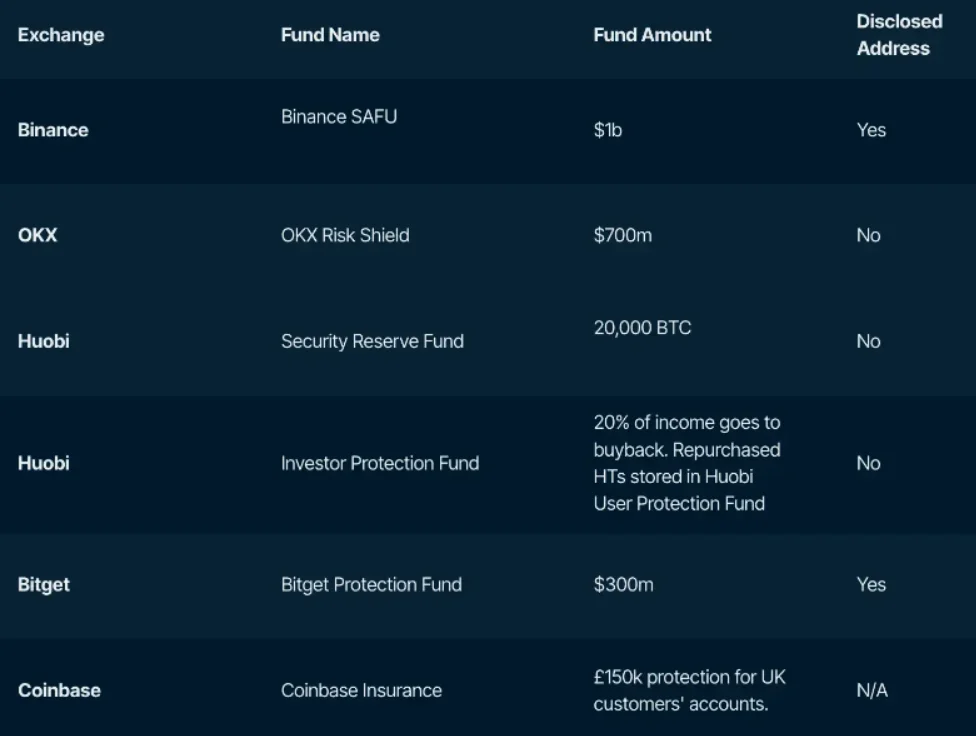According to a new report published on June 14 by blockchain analytics firm Nansen, most reputable crypto exchanges have adopted user protection funds in the wake of the collapse of FTX.

Crypto exchanges such as Binance, OKX, and Bitget have nominal fiat protection funds totaling more than $2 billion. 20,000 Bitcoin backs Huobi’s insurance fund, whereas Coinbase provides up to 150,000 British pounds ($189,140) in insurance coverage for U.K. customer accounts. The researchers at Nansen wrote:
“Proof of Reserves should become the minimum standard in the exchange industry, However, as stated above, these are both positive indicators for an exchange but do not guarantee its solvency.”
Binance has maintained the number one position in both spot and derivatives trading volume. In May, the exchange had a market share of 69% and a monthly trading volume of $209.5 billion in the spot sector.
In the six months following FTX’s collapse, Kraken’s spot market trading volume increased the most, by 14.35%, to $18.9 billion, compared to the previous six months. Bitfinex’s transaction volume decreased by 59.5% to $5 billion during the same time.

Except for Bitget, which saw its average six-month trading volume increase by 4.85% sequentially to $204.1 billion, all crypto derivatives exchanges saw declines following the collapse of FTX.
The researchers wrote that Bitget, Bybit, and Binance had performed relatively well since the FTX collapse. Nansen cautioned, however, that the ambiguous regulatory environment in the United States casts a shadow over the growth of exchanges:
“The SEC Chair Gary Gensler has posited that nearly all tokens are securities. This has prevented many exchanges from operating in the US. If the US takes this official position, it could cause significant issues throughout the world for CEXs. It will be worth carefully monitoring the position taken here.”
